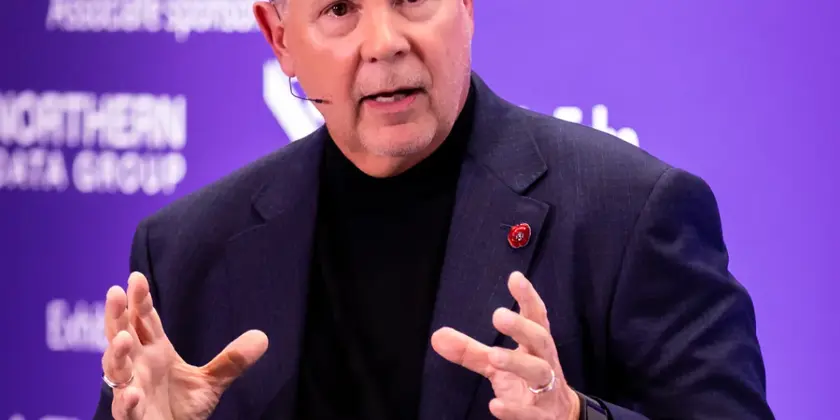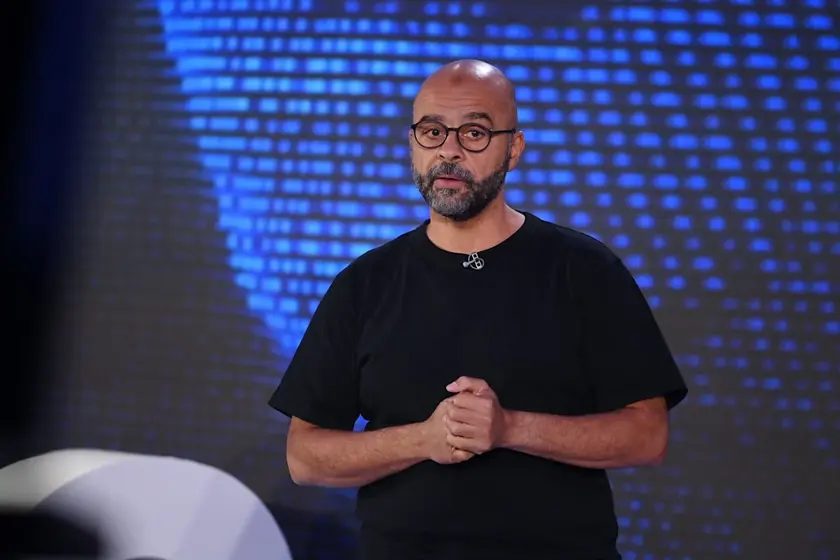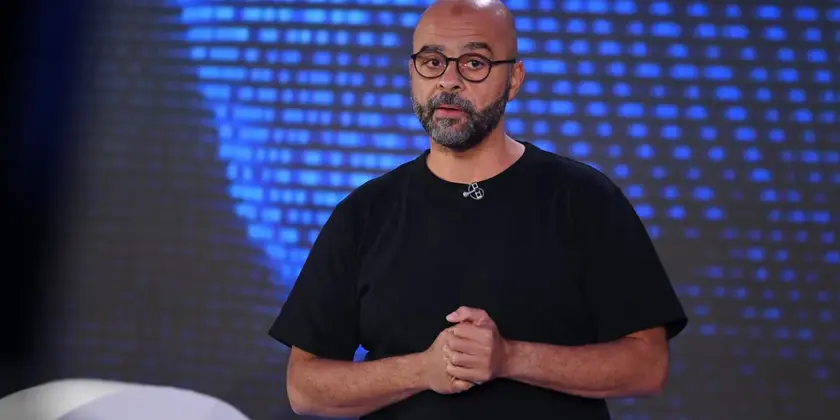T4K3.news
AI could replace millions of jobs as CEOs hesitate
Industry leaders delay layoffs due to political risk even as automation capabilities grow.

The analysis argues that economics and politics rather than technology are slowing mass layoffs as automation accelerates.
AI Pushes On the Job Front as CEOs Hesitate
AI has reached a level where it could replace millions of jobs, yet mass layoffs are not happening quickly. The piece argues that the holdback is political risk, not the technology. It highlights Palantir CEO Alex Karp signaling a plan to grow revenue tenfold while reducing staff from 4,100 to 3,600 and Amazon’s large fleet of robots with plans to improve mobility by about 10 percent, while its workforce numbers around 1.546 million. Handshake data show entry level postings down 15 percent over the last year, and Challenger Gray & Christmas cites AI as a top factor in private sector job cuts to date.
Hiring freezes are becoming more common as managers question the value of human roles that AI could perform, a shift that is already affecting the job market for young workers. The article notes a generational divide in attitudes toward AI; younger workers see the disruption as immediate, while older managers view it as occurring in coming years. Politicians are described as unprepared for the political fallout, leaving CEOs to wait for broader consensus or a crisis to act.
Key Takeaways
"We’re planning to grow our revenue while decreasing our number of people."
Palantir CEO Alex Karp described the company’s plan in a CNBC interview.
"This is a crazy, efficient revolution. The goal is to get 10x revenue and have 3,600 people. We have now 4,100."
Karp’s continuation of the Palantir plan.
"We will need fewer people doing some of the jobs that are being done today, and more people doing other types of jobs."
Amazon CEO Andy Jassy’s memo to employees.
"The machine is in motion."
A closing line reflecting the article’s central argument about automation.
The piece uses a clear contrast between youthful immediacy and cautious corporate posture to argue that politics shapes the adoption of automation as much as code. This dynamic creates a slow burn of disruption, with real-world effects felt first by entry level workers and younger job seekers.
Policy questions loom large: how to fund retraining, how to cushion health care for those far from retirement, and how to manage public reaction as disruption widens. Without political clarity, businesses may keep pausing and accelerating in fits and starts, leaving workers in limbo and investors uncertain about the long-term cost of disruption.
Looking ahead, the article implies that hiring freezes could become a norm in more sectors, which would dampen opportunities for new entrants while accelerating the need for safety nets. The pace of change will depend as much on political courage as on technical capability, and that choice will define how quickly society absorbs automation’s punch.
Highlights
- The first mover carries political risk
- Policy has to catch up with progress
- Automation arrives faster when politics delays it
- CEOs wait for a signal from peers not courage
Political and budget risks from AI driven layoffs
The piece warns of political backlash, the need for safety nets and retraining, and how investors might react to uncertain timelines.
The next moves will test how governments balance growth with dignity for workers.
Enjoyed this? Let your friends know!
Related News

Microsoft announces layoffs of 9,000 employees

The Cost of Politeness in AI Interaction

OpenAI confirms AI hardware project with Jony Ive

IgniteTech chief defends mass layoff

AI testing raises caution about history tools

Zuckerberg reveals plans for personal superintelligent AI

OpenAI launches upgraded ChatGPT model

Ex-Google exec warns of AI job losses
